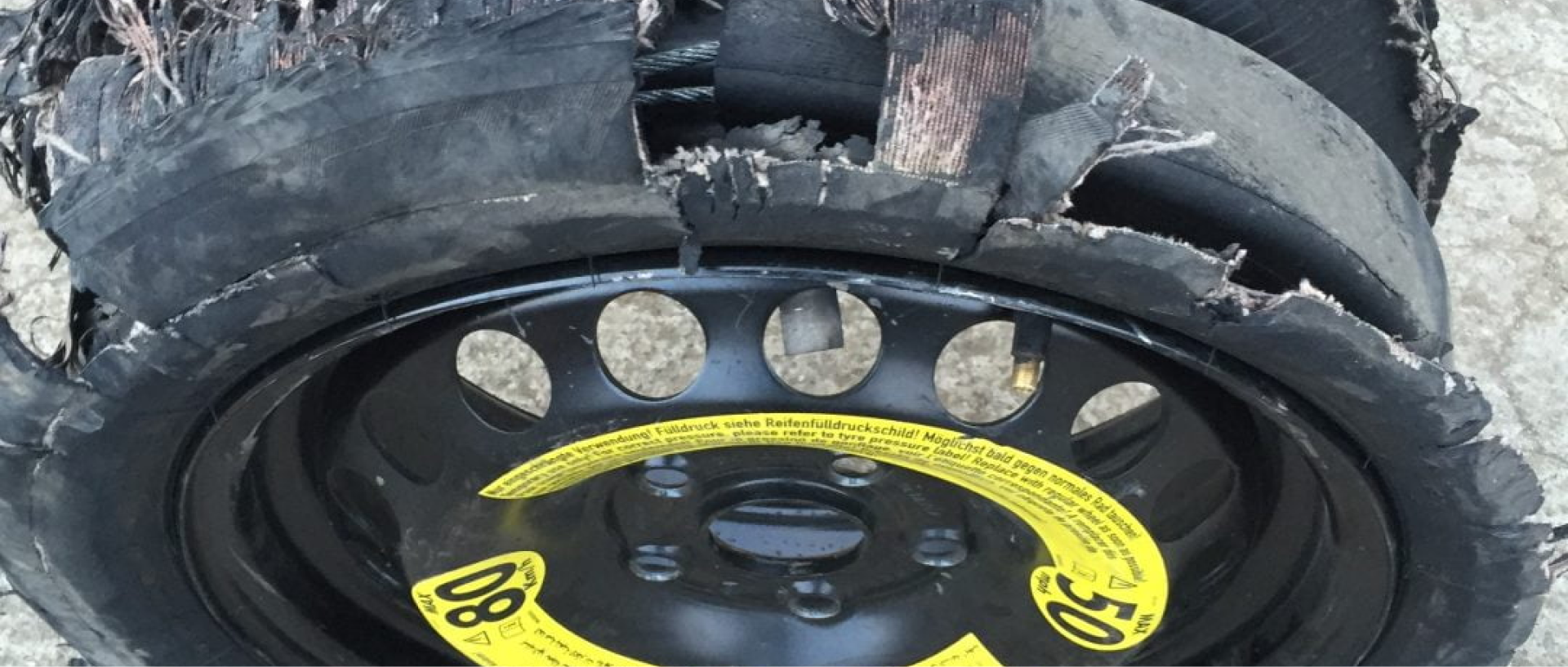This time about mobility of CCV’s (converted civilian vehicles), a common topic are the runflats devices and tires, and unfortunately, the lack of technical information make them a subject of disinformation and misconceptions. Here I brought to your attention the top 5 points I have found more recurrent within this security segment:
1.- Run-flats are all devices or resources – even tires – with the capability to extend the mobility of a vehicle ( mostly designed for cars and SUVs) when a tire or more has total or partial loss of pressure (air/nitrogen). These devices range from: steel belts, sealant gels, injected polyurethane, polymer, carbon fiber and rubber rings tightened to the interior of the wheel. Run flat tires also comply with this purpose.
2.- ALL security vehicles must have run flat devices. Good armored vehicles with trained drivers do one thing: they resist some kind of projectiles while moving out the kill zone; therefore RF can’t be considered accessories
3.- Run flats inserts RFi (those tightened to the rim – inside the tire) do two things: A) don’t let the edge of a deflated tire to come off the rim, and B) provide height’s support in order to prevent rim’s edges to make contact with the terrain surface. To resist bullets impact is NOT the main objective of RFi
4.- As any other security device, it is differentiated from safety ones, according to the level of performance and purpose; malicious attacks will target the whole wheel system (rim, RF and tire) in any angle and with any thinkable object, so you will find – among others – high quality security manufactures such as: Hutchinson, Tyron and Flats Over, and their counterparts in safety, as: Slime, Ride-On and all RF tires’ manufacturers
5.- The mileage range of an operating RFi is subject to a LOT of variables, at a glance: GVWR, distribution of armoring materials, tire condition and pressure, suspension setting, altitude, temperature, speed, braking, driver maneuvers.
One last comment about the future of run flats; I foresee integrated and smart wheel systems at the end of this decade; with the advances in high performance elastomers and polymers, paired with nanotech, tires could be electronically set to harden or soften and adapt for different surfaces and the evolution of that safety concept could lead to RF inserts that could be deployed on demand from inner-rim compartments.
Gerardo Corona
Security + Safety
Senior Expert / Director

